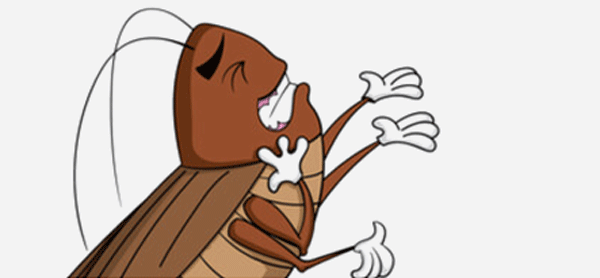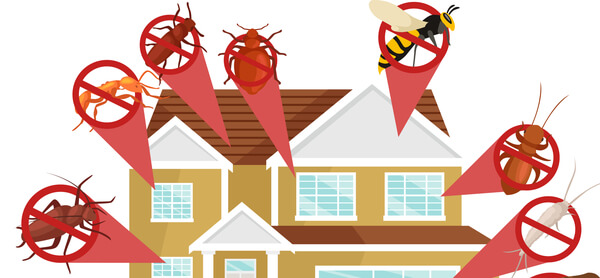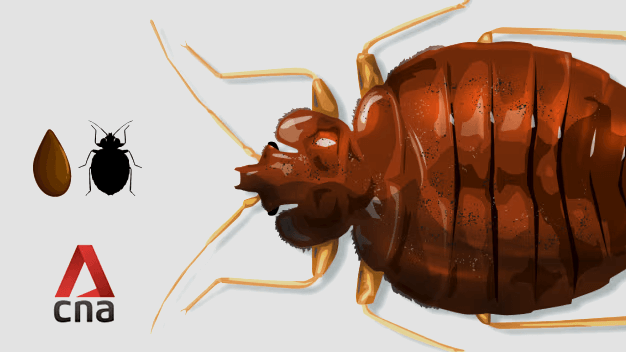
Hardy Cockroaches
November 26, 2016
Bed Bugs Control Singapore
January 20, 2017Termites, also known as white ants, can wreak havoc to our property and cause costly damage. However, there are many things yet to be understood about these highly social insects. Here at Ikari, we use our knowledge about these insects to efficiently control and prevent termite infestation. However, we have also compiled these few fun facts about termites that you might not know.
Fact 1: Termites are blind
As insects that spend most of their time underground, termites rely very little on eyesight. Their eyes and compound eyes are usually greatly reduced. Instead, termites rely on other stimuli to navigate around and search for food. They are highly sensitive to vibrations and scent, which is also how they identify each other and search for food sources. In fact, termites communicate danger to each other through vibrations in the wood, warning other termites of potential threats. Because of this behaviour, it is possible to detect certain species of termites through minute vibrations in the wood.
Fact 2: Not all termites digest wood
As the insect that is notorious for feeding on wood, this fact might come as a surprise for most of you. However, contrary to popular beliefs, not all termites digest the wood they eat. In fact, most of the termites have an endosymbiont bacteria living inside their stomach and intestines- very much like how we have good bacteria living in our bodies as well. After termites eat wood, these bacteria are the ones responsible for digesting them with their enzymes, while the termites absorb the nutrients afterwards. The termites provide the food, while the bacteria provides the nutrients. They are highly dependent on each other. Another type of termites, known as the ‘higher termites’ are much more advanced than these wood-feeding termites. ‘Higher termites’ are advanced gardeners, where they eat wood, chew them up into a pulp, and use the pulp to grow fungus in their nests. They then feed on the fungus instead of the wooden pulp. This trait makes ‘higher termites’ harder to treat because by treating the wood with insecticide, the insecticide does not poison the termites directly. Therefore, species identification is very important in deciding the best treatment method for termite control.
Fact 3: Termites are highly specialised
Termites are highly social, and their colony has highly specialised classes with their respective roles. Within their colony, they have a termite king and queen, whose sole purpose is to produce more termites. As all royalty must have servants to cater to their every needs, termites also have workers and soldiers. Termite workers do most of the work in the colony. They take care of the younger termites, and they are in charge of nest building and maintenance. They are also the foragers of the nest, where they find and gather wood for the colony. Worker termites are the workforce of the colony, and they are the ones that do the most damage to our property. However, they do not function alone. They are often accompanied by soldier termites, who are the protectors of the colony. The soldiers do not do damage to wooden structures, as they are incapable of feeding themselves.
Through understanding the biology and behaviour of termites, we can apply the knowledge into controlling the infestation of these insects. As Ikari does not believe in ‘spray and pray’, our treatment approach applies understanding into our Integrated Pest Management strategies which you can rely on.




